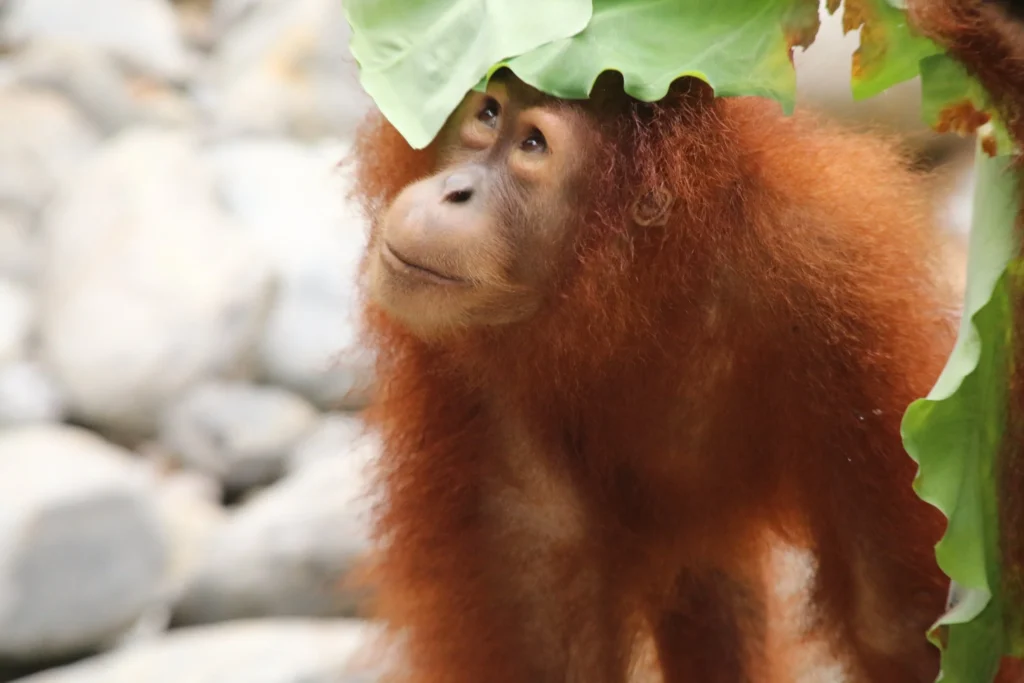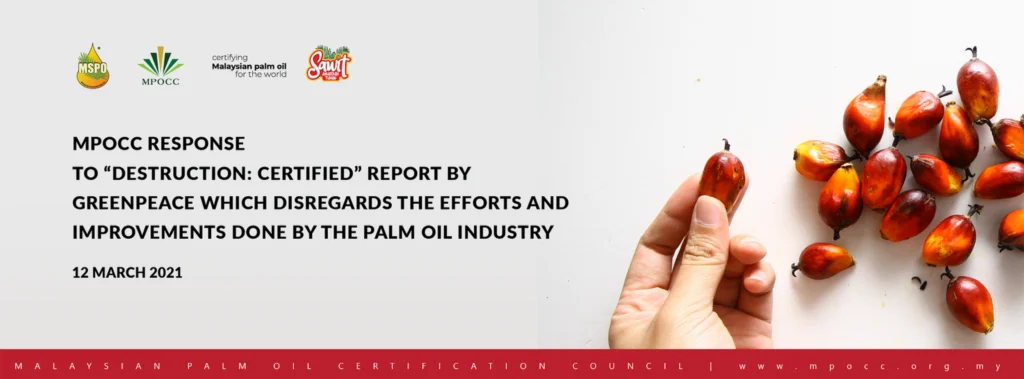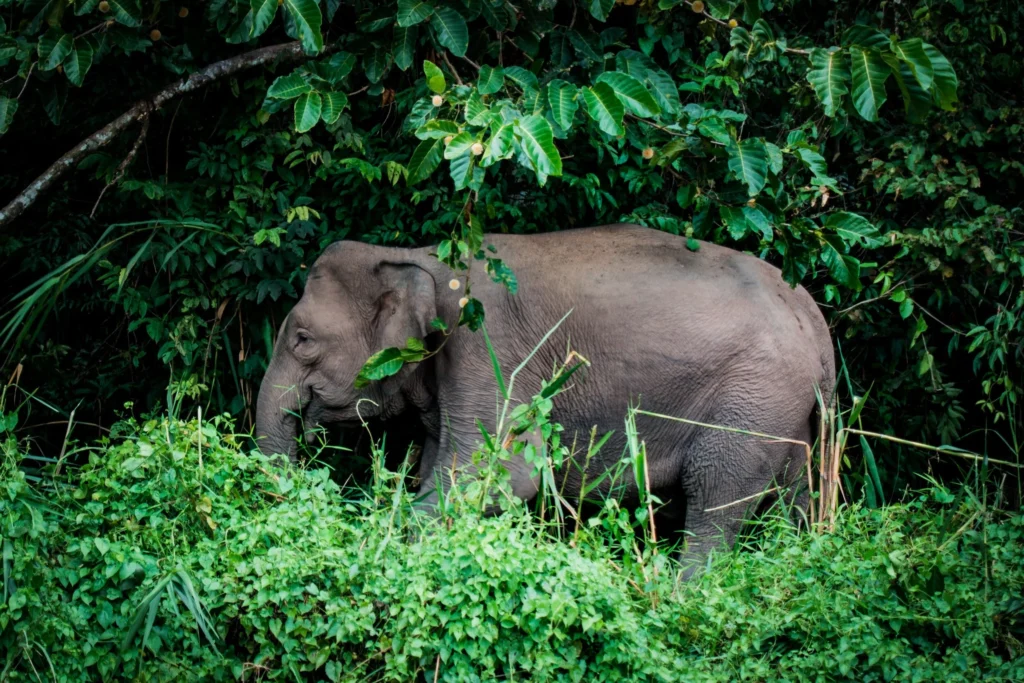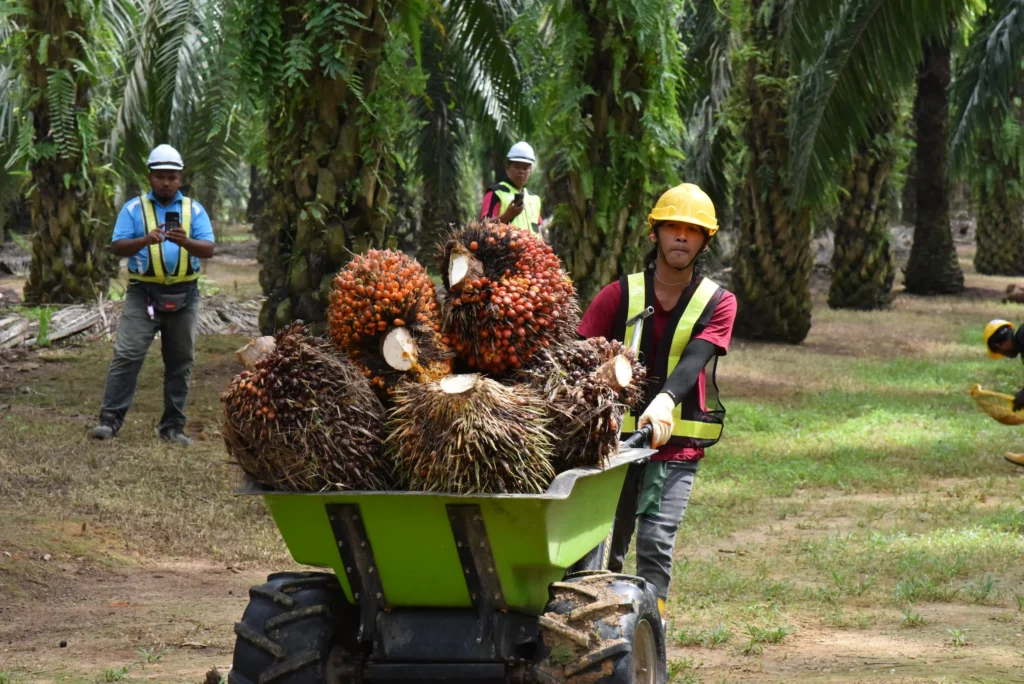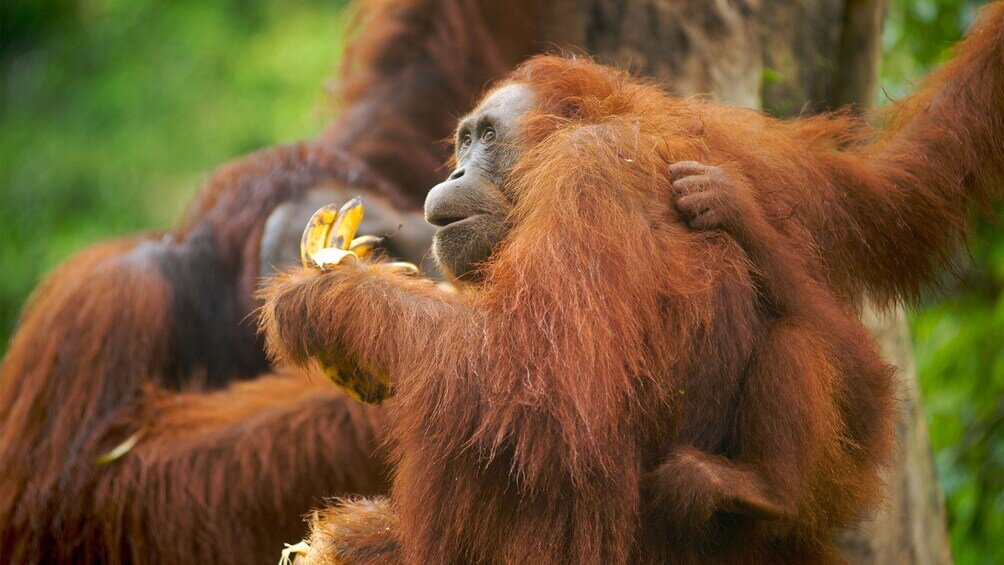
World Orangutan Day is celebrated on August 19 every year. The event was organised to acknowledge the conservation success of orangutans and to acknowledge the work of people that have worked tirelessly to make it happen.
The list of people is long. From the organised conservation groups to their employees to their donors and local governments who facilitated the conservation efforts, the survival of the orangutans in Malaysia and Indonesia is indeed a day to celebrate. It shows emphatically that wildlife can co-exist with humans without sacrificing either their survival or the needs of local peoples.
The History of Orangutans
The orangutans are the only surviving species of the subfamily Ponginae, which split from the other hominids including gorillas, chimpanzees and humans between 19.3 to 15.7 million years ago. This family tree explains why humans are so closely related to orangutans.
During the Pleistocene age, orangutans ranged throughout Southeast Asia from Vietnam to South China. Climate change and human activities reduced the
orangutan range
from those regions to remaining viable habitats towards what is now Indonesia and Malaysia.
Classified in the genus Pongo, orangutans were once thought to be one species. With the advent of modern science and technology, they were divided into two distinct species in 1996. These were the Bornean orangutan (P. pygmaeus, with three subspecies) and the Sumatran orangutan (P. abelii) with a third species, the Tapanuli orangutan (P. tapanuliensis) identified recently in 2017.
In Malaysia, the orangutan species are found in the Bornean Malaysia states of Sabah and Sarawak. Their presence has made these Malaysian states a favored destination for eco-tourists who want to have an up close and personal experience with orangutans. Rescue and rehabilitation centres like Semenggoh Nature Reserve in Sarawak and Sepilok Orangutan Sanctuary in Sabah are popular for tourists.
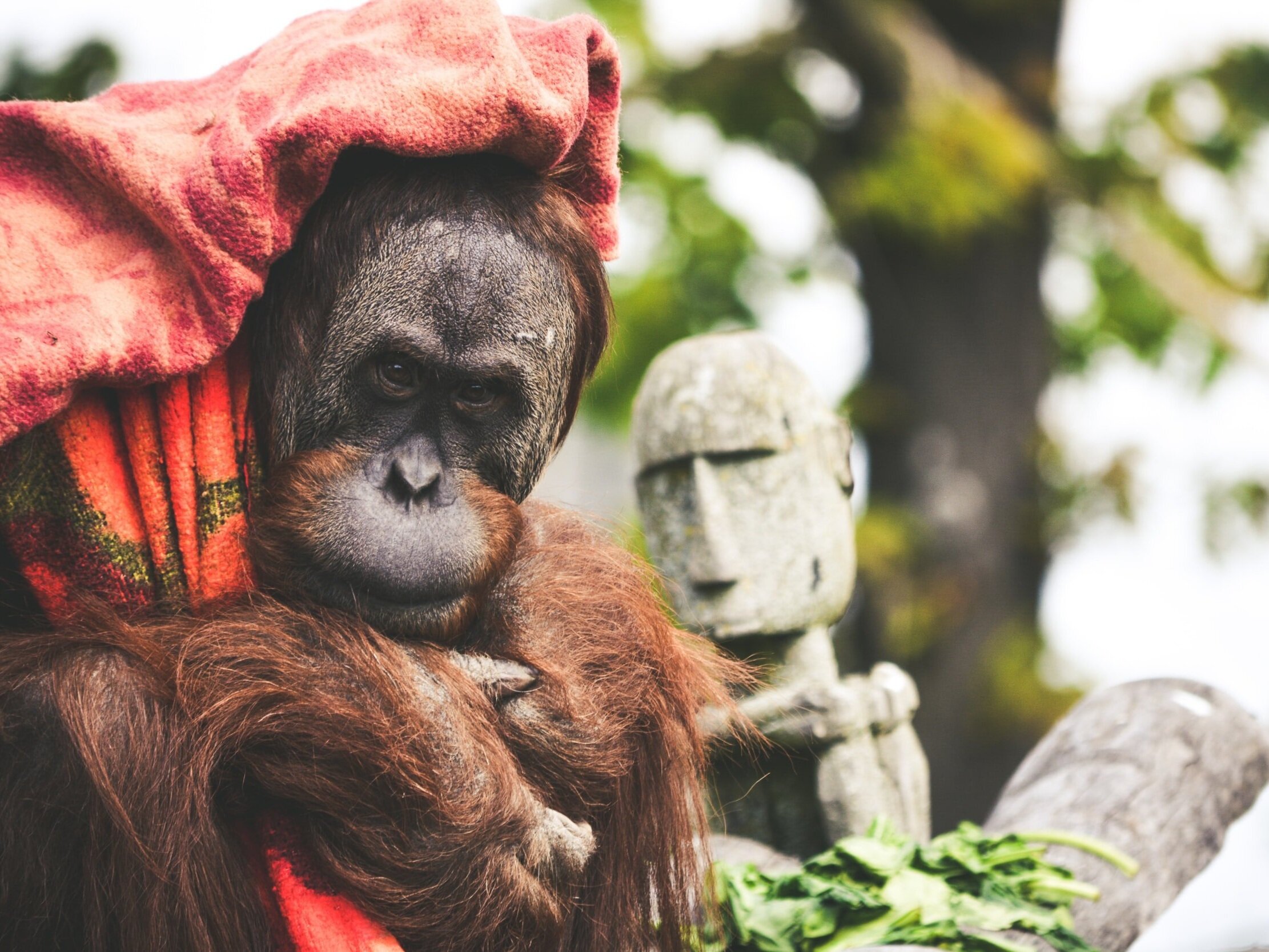
Uncertain Science for Orangutans
The orangutans in Malaysia’s eastern states are listed as Critically Endangered by the IUCN. The most recent estimates of their populations are 10,300 and 2000 wild orangutans in Sabah and Sarawak respectively. The remainder of the total estimate of 100,000 Bornean orangutans is in Kalimantan provinces of Indonesia.
There have been some controversies over the population surveys of orangutans in Malaysia. The 2018 study of orangutan populations in Sabah was refuted by the Sabah Wildlife Department over the study claim that over 6,000 orangutans were lost in the study period. The study authors who were based in Sabah
promptly explained publicly
that population estimates of orangutans is difficult and most estimates in the past have been shown to be wrong.
Other
authors of the study
confirmed the uncertain science behind estimating orangutan populations. According to author comments to the media:
“there were 148,500 more orangutans in 1999 than in 2015. Some experts were shocked to see such a precipitous decline. Others doubted that there were so many orangutans in 1999.
The researchers estimate there are 17,000 to 100,000 Bornean orangutans left. Looking to 2050, a business-as-usual model suggested a less dramatic decline – a loss of 45,300 animals from habitat destruction.”
The wide disparity of estimates and the admitted inaccuracy of older reports have raised eyebrows in Malaysia as local experts wonder how the IUCN was able to reach a conclusion that Bornean orangutans are Critically Endangered. The populations of Bornean orangutans in Sabah and Sarawak have been very stable over the past decade according to state wildlife departments.
The assumptions of study authors that business-as-usual in the Malaysian palm oil industry is also seen as an insult to the conservation efforts of the palm oil industry and the Malaysian government.
Protecting the orangutans and their habitats have been a priority since the early 2000s. The presence of foreign conservation groups in Malaysia attest to the government’s acknowledgement of the importance of a multi-stakeholder effort to save them.
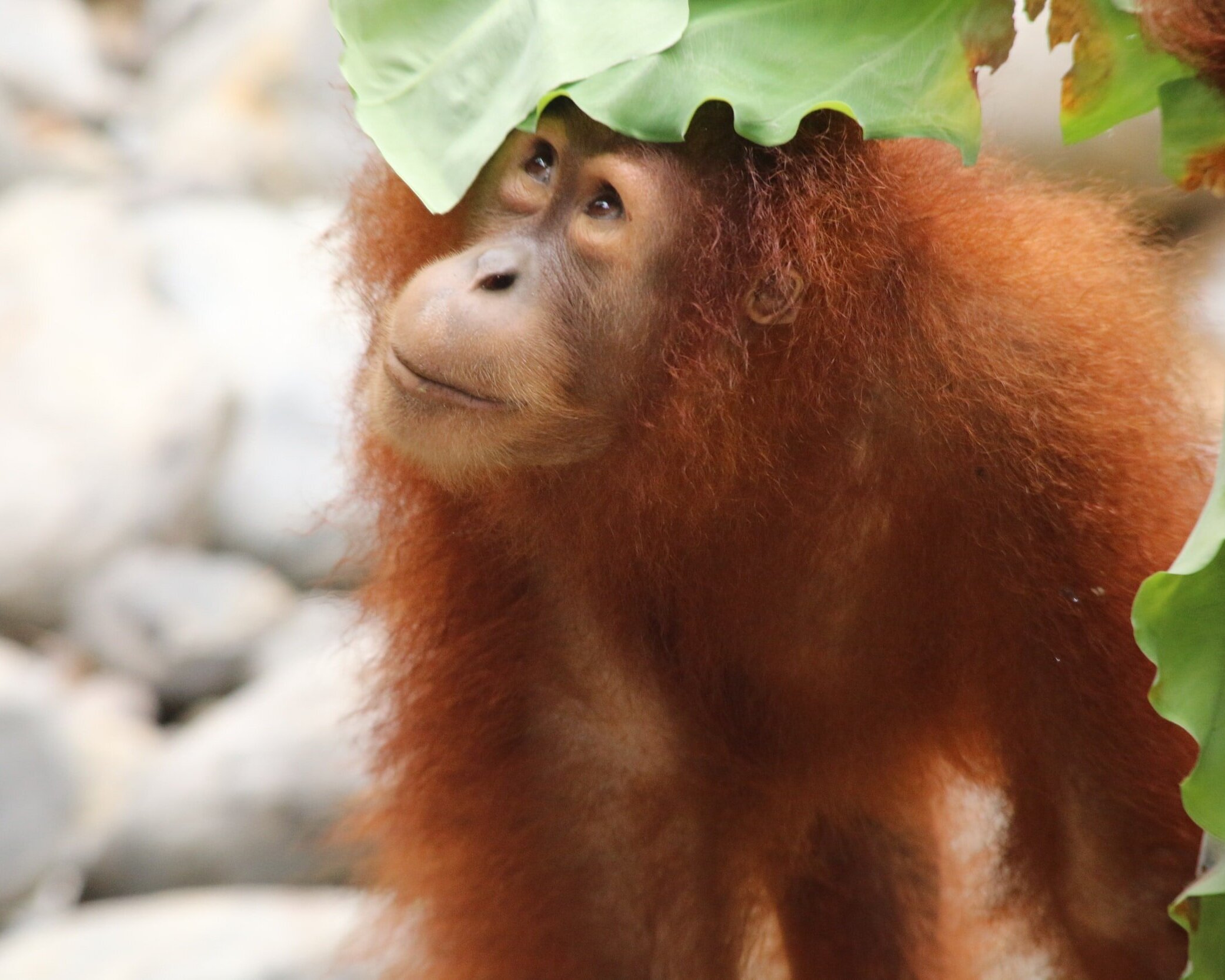
Quantifying Malaysian Efforts to Protect Orangutan Under IUCN Green Listing
The IUCN’s
new conservation tool
to acknowledge such efforts is being seen as an exciting new platform from where Malaysia can finally prove that the Bornean orangutans in Malaysia are not threatened with extinction.
The methodological framework around the IUCN Green Status of Species will provide a global platform upon which the various efforts from government and conservation groups can feature their contributions towards a green listing of Bornean orangutans in Malaysia. This will be a dynamic platform to define and quantify the orangutan conservation work in Malaysia.
It will also allow the Malaysian Sustainable Palm Oil (MSPO) certification scheme to showcase its dynamic contribution to the preservation of orangutans and their habitats. The IUCN’s Green Status of Species methodology around the four parameters of range, parts of range, viability and ecological function of species has been met to a certain degree in Malaysia.
The MSPO which was made mandatory across 100% of Malaysia’s palm oil production has within its standards, the protection of High Biodiversity Value (HBV) areas which orangutan habitats obviously qualify under. Its most dynamic contribution towards the Green Status has been the restoration of wildlife corridors under HBV which falls into the “parts of range” as defined under the IUCN’s new conservation parameters.
The potential to have the Bornean orangutan populations delisted from the IUCN’s Red List, at least for those populations in Malaysian Borneo, is tremendous.
According to
media coverage
on the IUCN Green Status of Species:
“By analysing a species’ historical population size, present-day distribution, the success of previous conservation efforts and viable habitat, the new standard will allow researchers to plot a path to recovery for some of the one million species threatened with extinction on Earth, largely through human activities.”
The report quoted green status assessment for the California condor based on successful conservation efforts. The Bornean orangutans are nowhere as threatened as the California condor of course but what is exciting for conservationists in Malaysia is that based on this example, the decades of work spent in protecting Bornean orangutans can finally be recognised as a positive contribution towards their existence in the wild.

